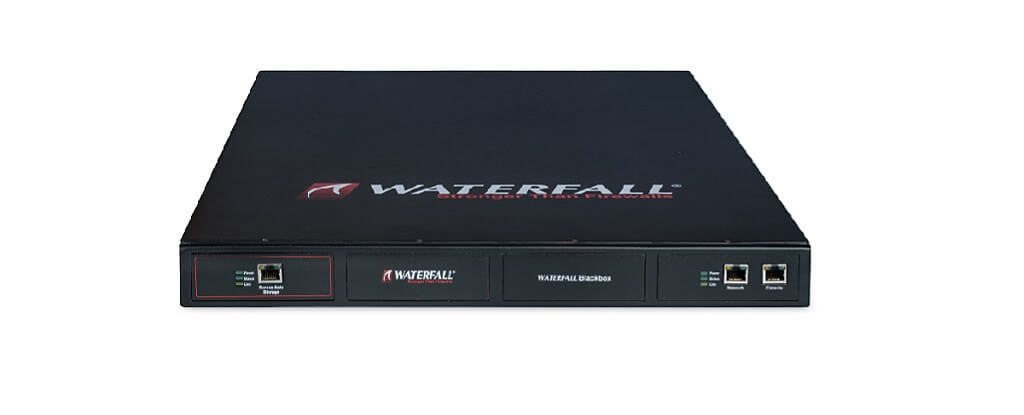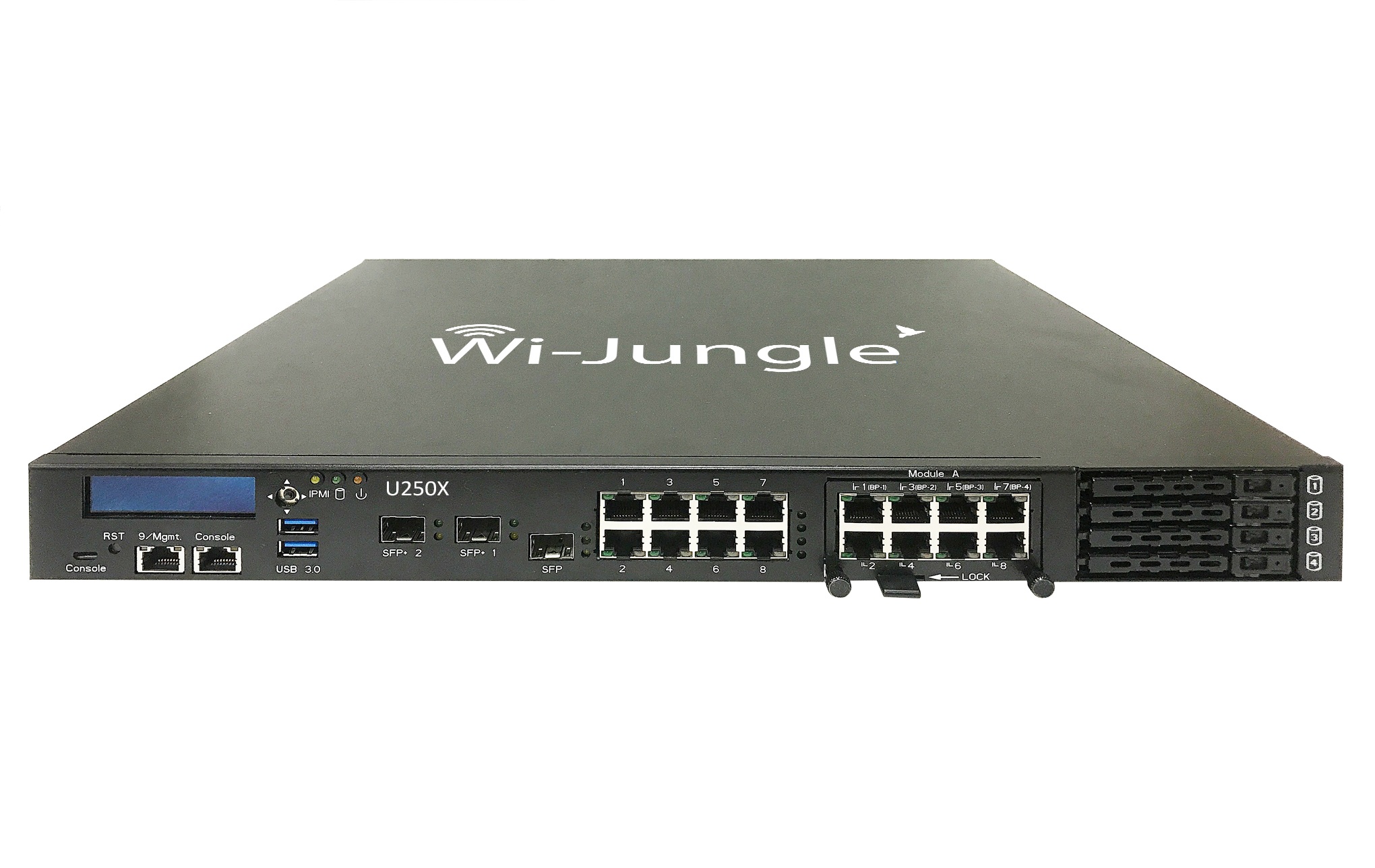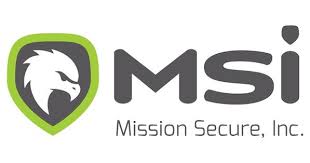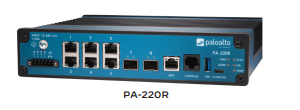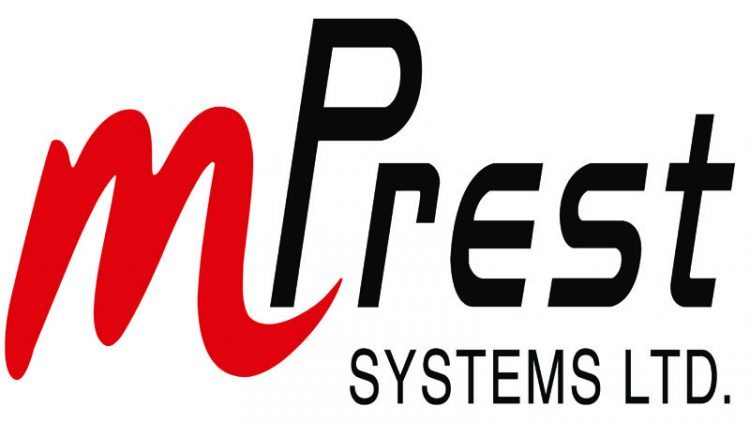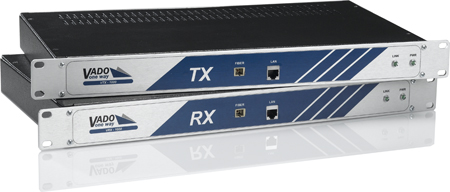
Categories
Problems that solves
No control over data access
Unauthorized access to corporate IT systems and data
Risk or Leaks of confidential information
Risk of lost access to data and IT systems
Values
Ensure Security and Business Continuity
Manage Risks
VADO One Way Data Diode
The VADO One Way Data Diode appliance is designed to allow unidirectional data transfer to networks
About Product
Description
VADO Security develops and markets Network Data Diodes for national governments, Gas & Oil Industries, Banking and more, guarding against cyber attacks.
Vado is a manufacturer of data diode systems. The Vado diode is composed of hardware & software (called "agents"). The hardware diode is composed of a TX hardware unit and an RX hardware unit. The units are connected to servers on each side via ethernet cables and connected to each other (TX to RX) via a single fiber optic cable. The VADO One Way Data Diode appliance is designed to allow unidirectional data transfer to networks that must be physically detached for security reasons, such as R&D and production systems in the defense industry. The main features of VADO One Way Data Diode:
Vado is a manufacturer of data diode systems. The Vado diode is composed of hardware & software (called "agents"). The hardware diode is composed of a TX hardware unit and an RX hardware unit. The units are connected to servers on each side via ethernet cables and connected to each other (TX to RX) via a single fiber optic cable. The VADO One Way Data Diode appliance is designed to allow unidirectional data transfer to networks that must be physically detached for security reasons, such as R&D and production systems in the defense industry. The main features of VADO One Way Data Diode:
- Proven Technology
100% hack proof Technology for all 100 Mb & 1G systems
- Log Management
System Action Logs & File transfer logs.
Sent via Email, Syslog or File
Sent via Email, Syslog or File
- User Interface
Central & Intuitive User Interface
- Data Transfer Reliability
Reliability of Data transfer with unique ERD system
- Virtual Machine Support
OS Virtual Machine Support for all Software Agents (No Change at Hardware Level)
- Windows OS Support
Works with all Windows OS (32,64), Server or PC & VM (Patent Pending)
- High Availability
High Availability for all Data Diode Agents & Hardware
- Pre & Post Send Scripts Option
Ability to Activate Scripts on Files Pre/Post Send/Receive Per Channel
- Multi-Agents
Ability to use Multi-Agents on One Server
With One Hardware System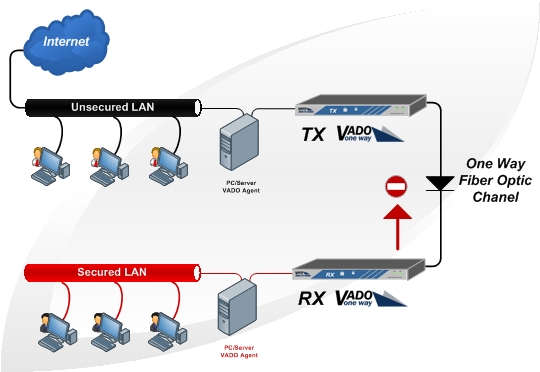
With One Hardware System
- No File Size Limits
Transfer any File Size or Type
- XML Filtering
Built in XML Schema Filtering
- Files Filter
Filter Files by Type or Size
Scheme of work

Competitive products
User features
Roles of Interested Employees
Chief Executive Officer
Chief Information Officer
Chief Technical Officer
Chief IT Security Officer
Organizational Features
Internet access is available for employees
GDPR Compliance
Personal data operation

